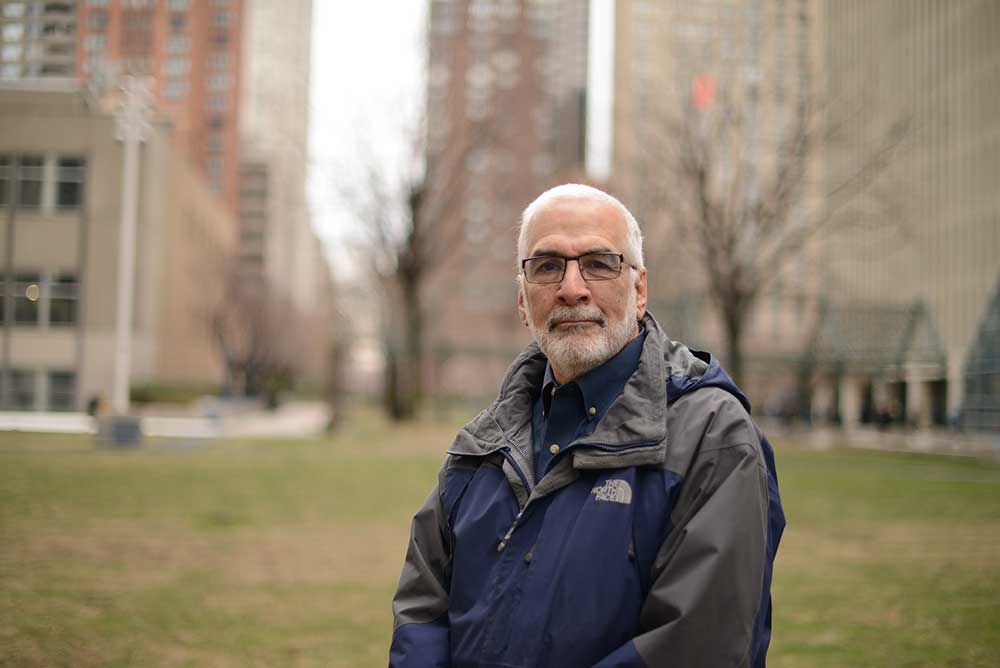Ebola may have receded from the headlines. But the way in which the City of New York responded to its first appearance here last October—complying with a mandatory state quarantine of returning Ebola health care workers—was a perfect example of the challenges that city leaders face when confronted with a health crisis.
In Healing Gotham: New York City’s Public Health Policies for the Twenty-First Century (Johns Hopkins University Press, 2015), Bruce Berg, Ph.D., looks at five contemporary public health threats that New York City has dealt with: Childhood lead poisoning, childhood asthma, HIV/AIDS, obesity, and West Nile virus.
For Berg, an associate professor of political science, the book is a return to and expansion of the analysis that drove his last book, New York City Politics: Governing Gotham (Rutgers University Press, 2007), a comprehensive look at the city’s political system.
When it comes to healthcare, Berg states that the medical establishment’s common practice in tackling challenges is through information-driven decision making. This hypothesis, known as the “rational model,” is based on the idea that research produces information that medical professionals employ directly, with few constraints, in order to cure individuals with a condition.
A second hypothesis, which Berg expounded upon in Governing Gotham and which he returns to in Healing Gotham, is less straightforward because it is steeped in the machinations of urban politics—an environment with multiple constraints such as economic development concerns, diversity concerns, and limits placed on a city by the state and federal governments. In an urban political setting such as New York, the direct application of medical knowledge becomes far more constrained.
Berg’s research analyzed these two hypotheses by comparing tools (surveillance, education, regulation, and the direct provision of services) used by New York City’s public health policymakers across the five contemporary health threats. New York City is a perfect place to explore it because in the 21st century, cities are where public health emergencies dwell, he said. The recent Ebola crisis is a good example–even though authorities had a sense of what they were facing.
“Unlike HIV/AIDS, public health authorities had seen Ebola before,” said Berg. “They knew what it was and they knew how it passed from one individual to another.” The question was, were the political leaders going to follow established medical protocols for dealing with the disease?
What we know in retrospect, Berg said, is that some did, while others acceded to public panic and overreacted to the condition, placing quarantines where they may not have been needed.
“That’s the nature of how information plays out in a political system,” he said. “Sometimes . . . there are constraints on its use.”
Berg said the most fascinating aspect of public health policy is the fact that leaders never really know what’s around the corner. Just last month, for instance, the Centers for Disease Control warned that the influenza virus currently in circulation is mutating. As a result, most of the vaccinations people received to combat it are ineffective. In the case of a potential pandemic, Berg said, the bigger the city, the bigger the public health issue is.
Berg also said that New York City has not always been the first city to respond to crises: in the case of childhood exposure to lead paint, other cities such as Baltimore were engaged in managing the crises 10 or 15 years before New York city set up its policies. With AIDS, he said, San Francisco was on the cutting edge.
“But, he said, “As a laboratory to study responses by a political system to public health threats, the city provides a good example.”
—Photo by Patrick Verel

